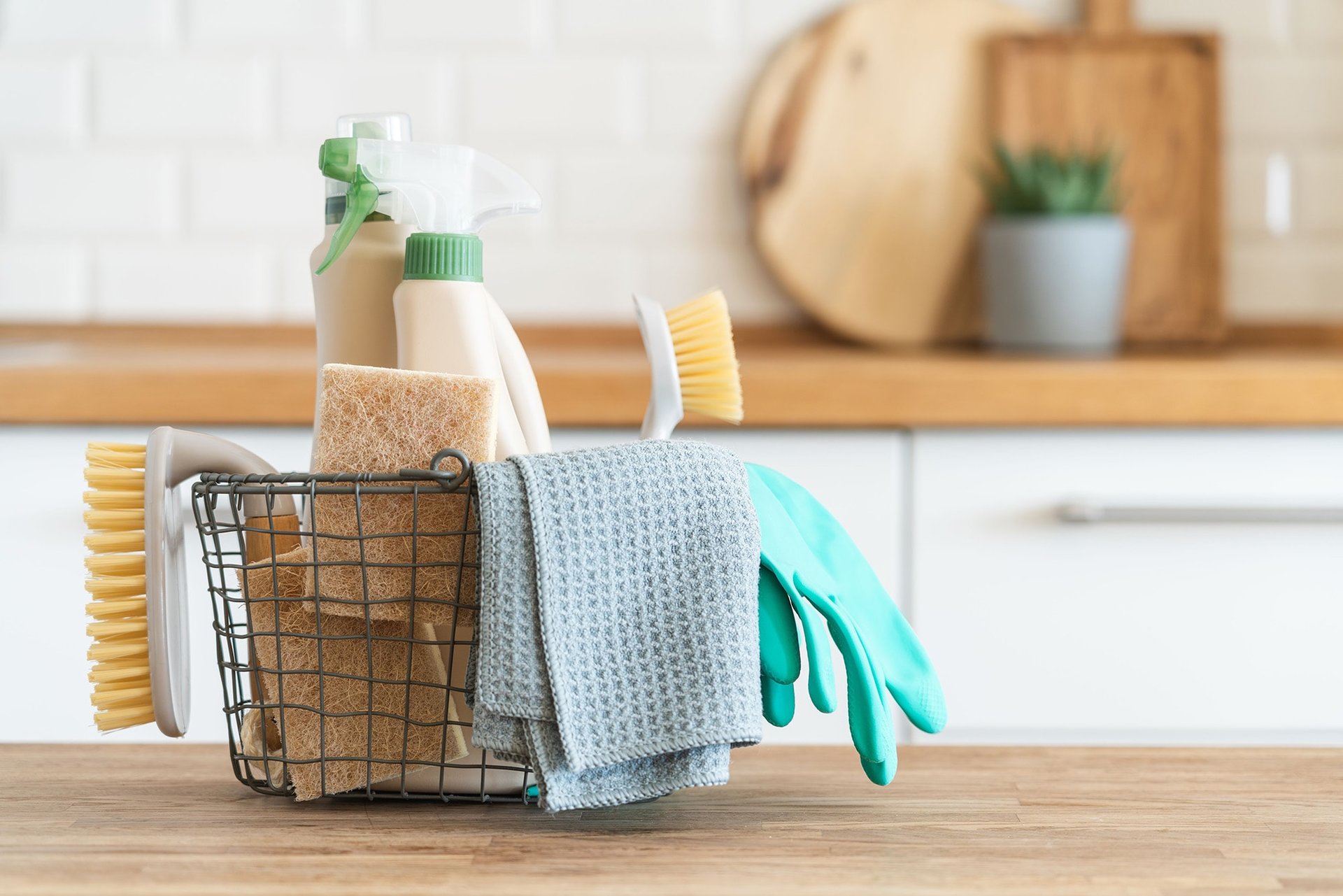
The right care
Care advice
All of our kitchens' high-quality surfaces are very easy to look after and keep clean. Only use mild, water-soluble household cleaning agents which are explicitly approved for kitchen furniture in their product information. Use a soft, lint-free cloth or a chamois leather. Never use aggressive chemical substances, abrasive cleaning products or solvent-based products. Scouring powder, steel wool or pan scourers will also damage the surface to such an extent that it cannot subsequently be restored. Please never use steam cleaners! Disinfectants are not suitable for use on kitchen furniture and surfaces.
Remove all soiling as quickly as possible. Stains can usually be removed much more easily and also completely while still fresh. After cleaning, all parts must be thoroughly dried with a soft cloth.
All materials used in the kitchen should be exposed to optimum room temperature and humidity. When cooking, be sure to provide adequate ventilation and always switch on the extractor fan. Over time, rising heat and steam will cause swelling and damage the kitchen's wooden elements.
Matt laminate surfaces
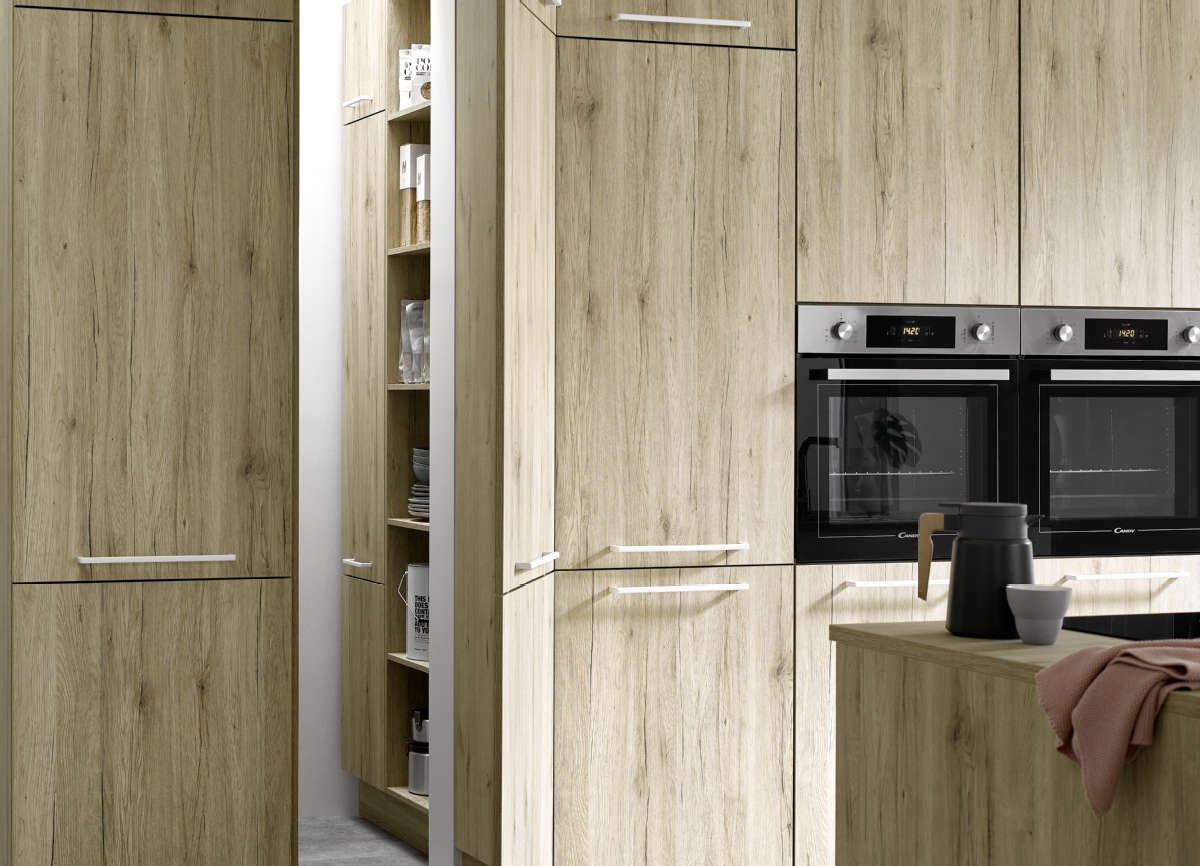
Laminate-faced fronts can easily be cleaned with standard household cleaners (do not use abrasive products). Dilute the cleaning product with water and apply with a clean cloth. After cleaning, thoroughly dry with a soft cloth. Rubbing matt surfaces excessively produces shiny patches.
Please note!
Never use nitro-cellulose or artificial resin thinners to clean the surfaces. The cleaning product should contain any colourant either because colourants can leave stains.
Silky matt surfaces
Only use mild, water-soluble household cleaning agents which are explicitly approved for kitchen furniture in their product information. Remove all dirt as quickly as possible and do not allow it to dry under any circumstances. Particularly substances with a high colouring capacity (coffee, tea, sauces, vegetables, red wine) cannot be removed completely once they have been allowed to dry. To remove stubborn stains and grease deposits which may already have dried, use hand-warm water containing 30% soap solution. Aggressive or scouring agents polish the surface and produce a visible glossy patch.
Please note!
Never use nitro-cellulose or artificial resin thinners to clean the surfaces. The cleaning product should contain any colourant either because colourants can leave stains.

Glossy/high-gloss surfaces

Shiny/high gloss surfaces are very easy to clean. Surfaces are protected by a PE film to make sure they are not damaged during the manufacturing process and in transit to the point of destination. This film must only be peeled off in the very last stage (before mounting the handles). When the protective film is removed, the surface can still easily be damaged and only hardens completely after a few days (this can take up to a week). To let the surface harden completely, we recommend treating it with care and protecting it from stress or strain. This also includes any attempts at intensive cleaning. Only clean the surfaces with a soft, moist and clean cloth. Minute particles of dirt in cloths will leave scratches. After cleaning, all parts must be thoroughly dried with a soft cloth.
Please note!
Do not use liquid cleaners, spirits or solvents to clean the fronts. Do not use any abrasive sponges or scourers.
Worktops with laminate surface
The surface should never be cleaned with a scouring agent. Chopping directly on the worktop as well as placing hot pots and pans on it will also cause irreparable damage. To prevent this from happening, always use a chopping board and pot stands. Use a soft cloth, chamois leather, soft sponge or microfibre cloth to keep surfaces looking as good as new. After cleaning, thoroughly dry with a soft cloth. Never use scouring pads, scouring powder, steel wool or pan scourers as they damage the surface to such an extent that it cannot subsequently be restored.
Avoid moisture along the joins and edges, as well as round the cut-outs for hobs and sinks. Wait approx. 20 minutes after the cycle has finished before opening the dishwasher so that the steam has time to condense inside the dishwasher.
Sliding rough-bottomed objects (saucers, plates, etc.) about on the worktop may cause visible damage its surface.
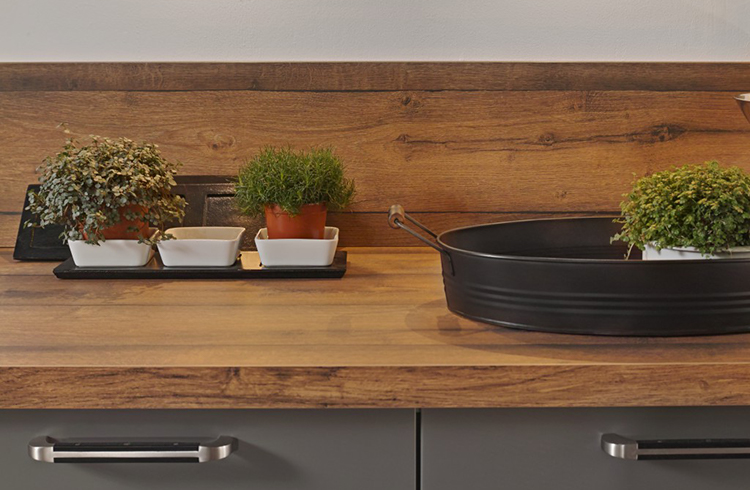
Glass surfaces
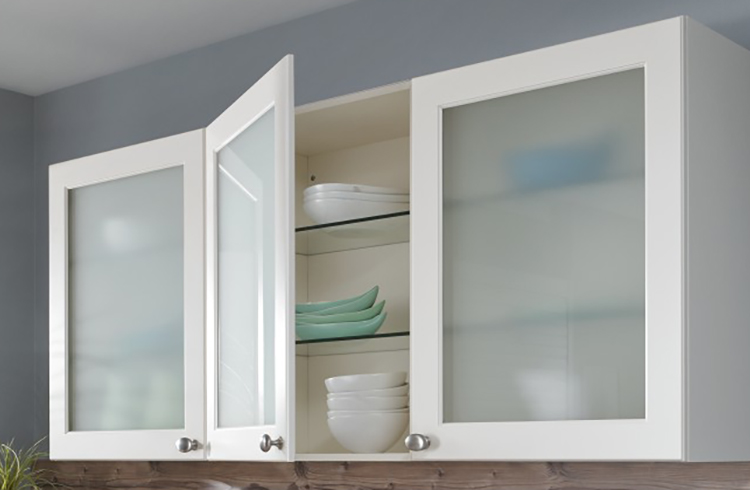
As a rule, it is sufficient to clean glass with lukewarm water and a few drops of neutral liquid soap. Stubborn dirt, such as greasy and oily substances, can be removed by additionally using a standard glass cleaning agent. It is best to use a soft, lint-free cloth, leather or soft sponge. Micro-fibre cloths can also be used for cleaning. A cotton cloth is not recommended. After cleaning, all parts must be thoroughly dried with a soft cloth.
Cleaning agents containing silicone or acid should not be used on satin-finished glass surfaces. Strongly coloured cleaning agents should not be used either.
Handles, grip ledges, knobs
To make sure your kitchen's handles give you lasting pleasure, please proceed as follows: do not use any acid-based or abrasive cleaning products to look after and cleaning them. Acid-based cleaning products, such vinegar or citric-acid based cleaning products, limescale remover. Scouring cleaners, for instance, include abrasive creams, stainless-steel polishes, microfibre cloths. Cleaning products of this type cause lasting damage to the surface and leave non-removable stains and/or damage to the lacquer surface, and may even result in surface flaking. Alcohol-based cleaner products may also cause damage to certain surfaces.
Only clean handles with a soft damp cloth and, if greasy, with warm solution of water and soap. Drying them with a soft damp cloth will prevent water marks. Also avoid mechanical damage from hard objects, such as rings worn on fingers, saucepans etc.
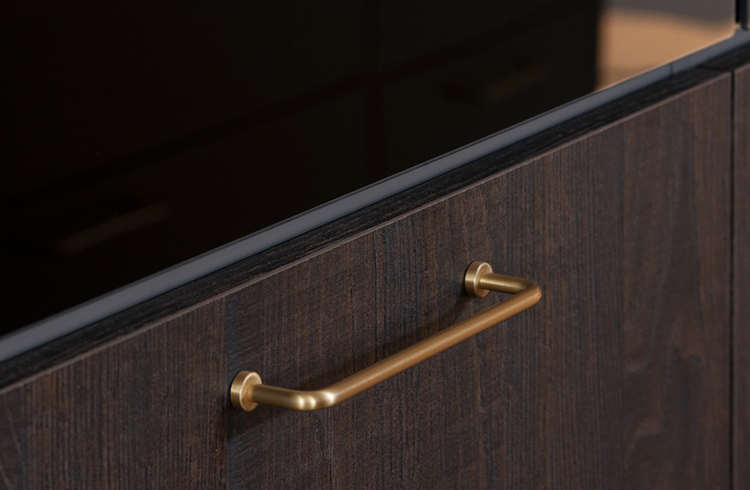
Side-hung door hinges, drawers and pull-outs
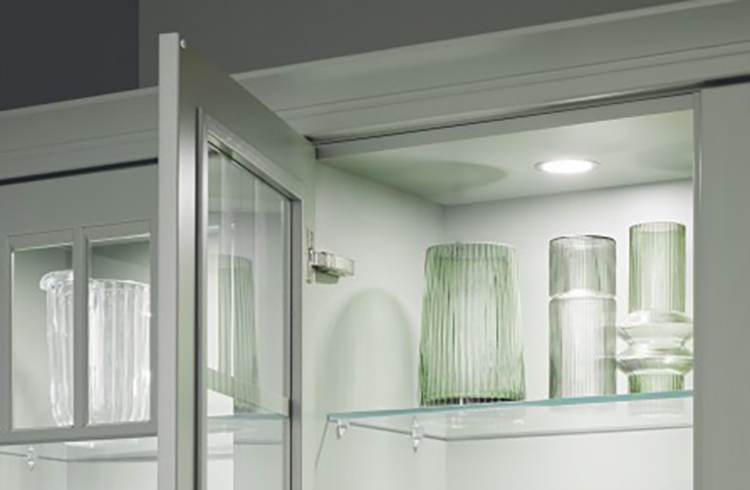
Side-hung door hinges, drawers and pull-outs are maintenance-free and do not require any special care.
Running surfaces on larder-unit pull-outs
The runners are maintenance-free and do not usually require any special care. They must never be oiled.
If the unit is hard to open or can no longer be closed completely, this may be due to soiled running surfaces, runners and rollers. Lubricants, such as oil, grease or silicone spray, must never be used in such a case. It is sufficient to carefully wipe all running surfaces, runners and rollers with a clean, dry cloth in order to remove the impurities.
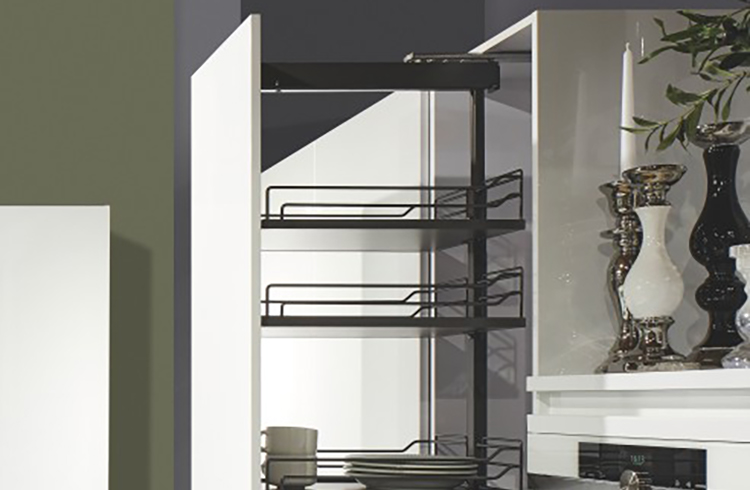
Cutlery inserts
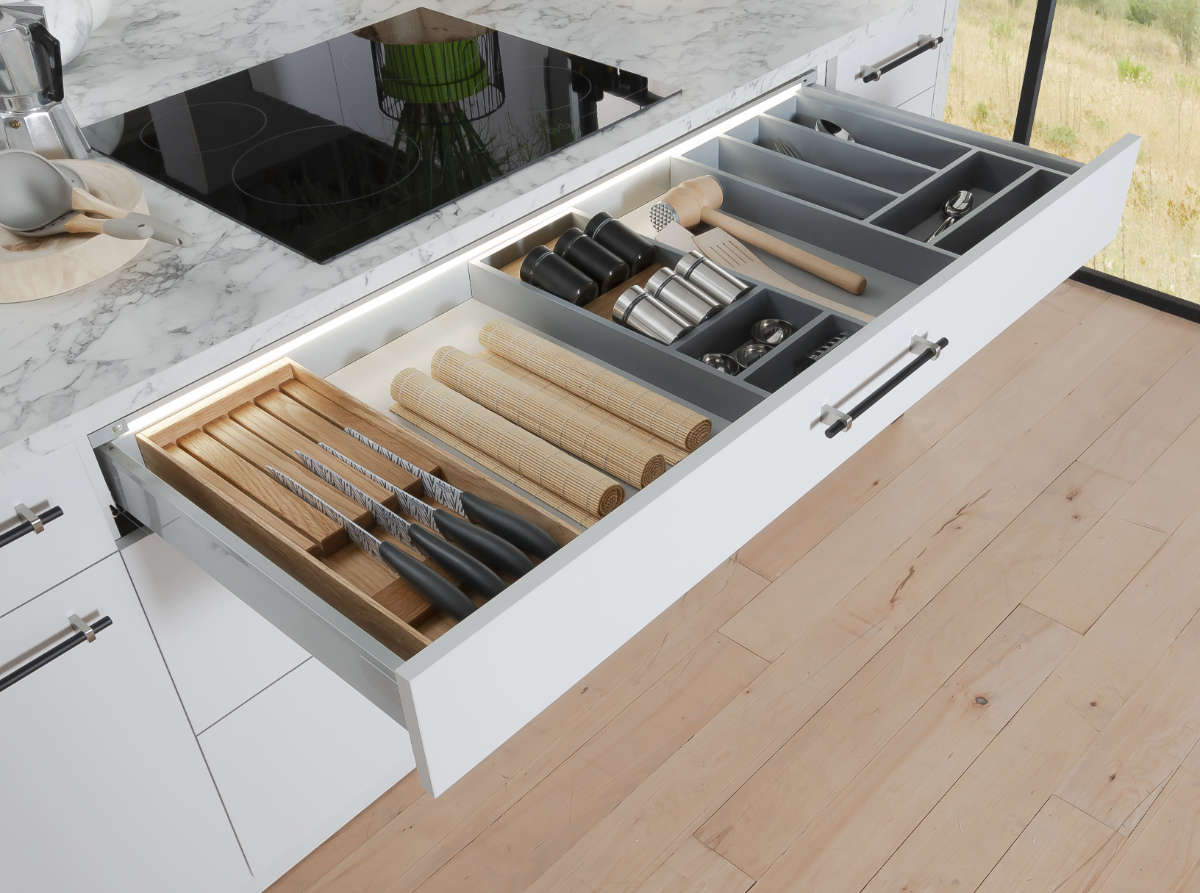
To look after and clean cutlery trays, use a soft cloth, chamois leather or soft sponge as well as standard neutral household cleaners. The cutlery inserts can also be removed from the drawers to make cleaning easier. After cleaning, all parts must be thoroughly dried with a soft cloth.
Never use cleaners containing acid (e.g. citric acid cleaner / vinegar cleaner), cleaners containing solvents (e.g. thinners), scouring pads, scouring powder, steel wool or pan scourers, as they damage the surface to such an extent that it cannot subsequently be restored.
Please note!
The individual manufacturers' care instructions must also be noted in conjunction with the above points, as some inserts are also dishwasher-proof.
Sinks, taps and hobs
Sinks are exposed to all sorts of impacts in everyday use. Everyday care can prevent the surfaces from looking unsightly.
For cleaning and care purposes, use a soft cloth, leather or soft sponge as well as standard neutral household cleaners. Stubborn stains and water marks are best removed with standard commercial care agents. Rust film on stainless steel is best removed with a commercially standard metal polishing cleaner. After cleaning, all parts must be thoroughly dried with a soft cloth.
Please note!
Never use cleaners containing acid (e.g. citric acid cleaner / vinegar cleaner), cleaners containing solvents (e.g. thinners), scouring pads, scouring powder, steel wool or pan scourers, as they damage the surface to such an extent that it cannot subsequently be restored. The manufacturers' care instructions must also be followed in addition to the above advice.
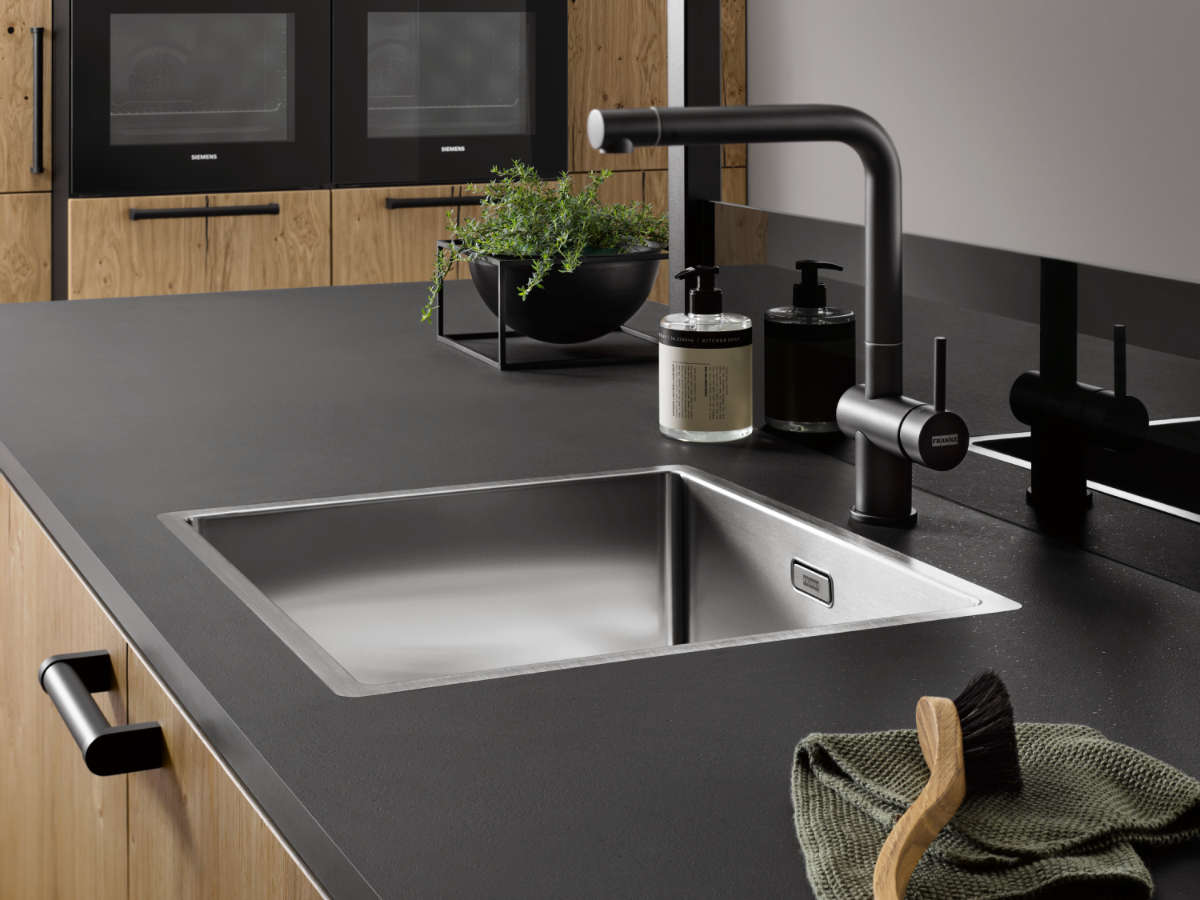
Hobs
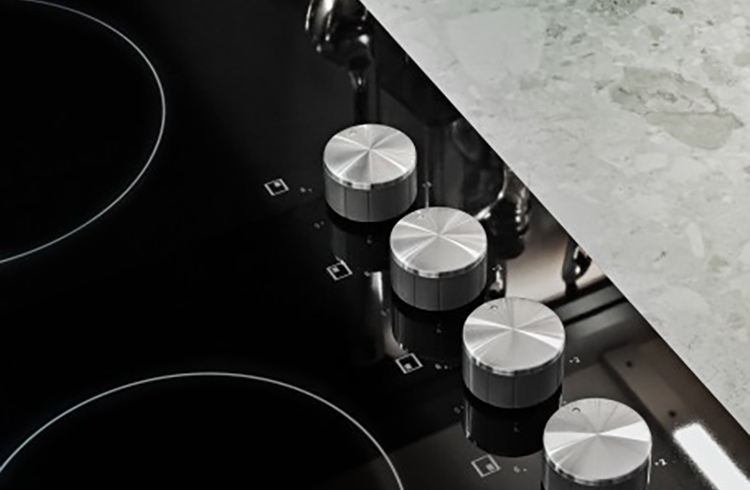
Remove all soiling as quickly as possible, or it will burn into the surface the next time the hob is switched on. Use a scraper for ceramic hobs if it is still hot. For cleaning and care purposes use a soft cloth, leather, soft sponge or scraper for ceramic hobs as well as commonly used neutral household detergents or the special-purpose cleaning agents recommended by the manufacturer. Stubborn stains caused by water, limescale or abrasions caused by pots or pans are best removed with the special-purpose cleaning agents recommended by the manufacturer. Never use scouring pads, scouring powder, steel wool or pan scourers as they damage the surface to such an extent that it cannot subsequently be restored.
Please note!
The individual appliance manufacturers' care instructions must also be noted in conjunction with the above points. These are enclosed with the appliances.
Electrical appliances
The manufacturer's separate operating and care instructions are enclosed with each appliance. Please note the information contained in these manufacturers' instructions.
Note also the points in the section headed "Tips for use".